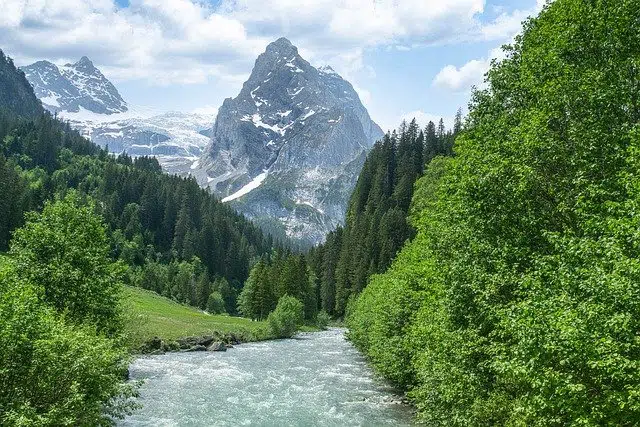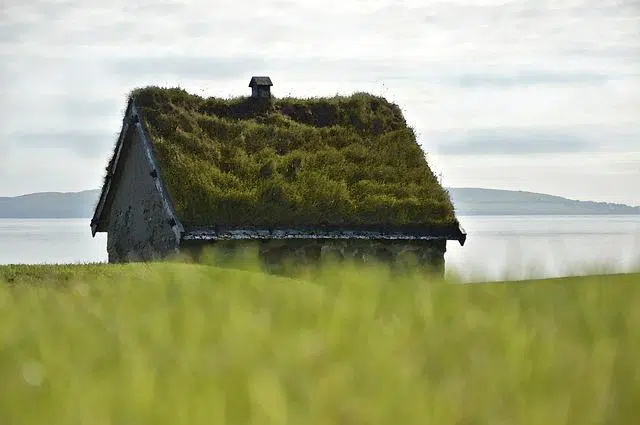
The space that offers the necessary conditions for the subsistence of a group of living beings is known as a biotope.
The etymological root of biotope is in the Greek language, where we find the words bio (which can be translated as “life” ) and topos (which translates as “place” ). These ideas came to German as biotop , and then to our language as biotope.
The German Ernst Haeckel was the one who highlighted that the existence of biotas (living beings that inhabit a certain area) in an ecosystem is determined by various environmental factors and by the interactions established by organisms among themselves. Haeckel , in this framework, proposed that habitat is a prerequisite for the birth and development of a living being.
What is a biotope
A biotope, in this framework, is a place that provides the environmental characteristics that a group of living beings needs to survive and develop. It is an area that, due to its conditions, serves as a living space for certain animals, plants and other organisms.
The concept of biotope is very similar to that of habitat . However, the term habitat refers to the area where populations or species live; Biotope, on the other hand, refers to a biological community ( biocenosis ).
The biocenosis is made up of all the organisms, of any species, that coexist in a biotope. In the biotope we can differentiate between zoocenosis (the community of animals), phytocenosis (plants) and microbiocenosis (microorganisms). The biotope and the biocenosis make up the ecosystem .

A green roof can help regenerate a biotope.
Your link with ecology
Although the term biotope may seem at first glance merely a technicality within the field of ecology , in recent times it has been widely used in administrative and civic activities. Since the 1970s, on the European continent it has been the protagonist of various movements for the regeneration, preservation and generation of natural environments, especially in Germany.
In these fields, we usually talk about biotope to refer to smaller-scale ecological issues that take place in everyday life. When a biotope is affected by pollution or another factor, it is possible to carry out various tasks with the intention of restoring it, such as planting certain plant species or cleaning up waterways. This is very common in Germany, where there is a marked enthusiasm for biotope regeneration processes.
Biotopes and green roofs
One of the most common biotope regeneration activities consists of creating green roofs , that is, covering the roof of a building partially or completely with vegetation. This concept is also known as a garden roof or green roof , and can be done either with a waterproof membrane to generate a suitable growing medium, or directly on the ground.
Green roofs may also have layers specifically designed to drain and irrigate water , as well as act as root barriers. It is important to note that this concept is much broader and more complex than the mere placement of pots on roofs, since it involves the use of technologies to save energy and improve the habitat, among other ecological functions.
River reconstruction and other regeneration measures
In addition to the measures mentioned so far, to regenerate a biotope you can also resort to the reconstruction of rivers with the aim of restoring their quality, the conservation of trees and shrubs in growing areas that meet ideal conditions, the creation of natural parks on the sides of roads, or the design of private gardens and lagoons that respect the environment.
It is not appropriate for biotopes to be isolated but, on the contrary, it is recommended to connect them with the surrounding areas to promote the circulation of organisms . In this sense, one of the most used measures is to extend a biotope so that more animals and plants can inhabit it.
